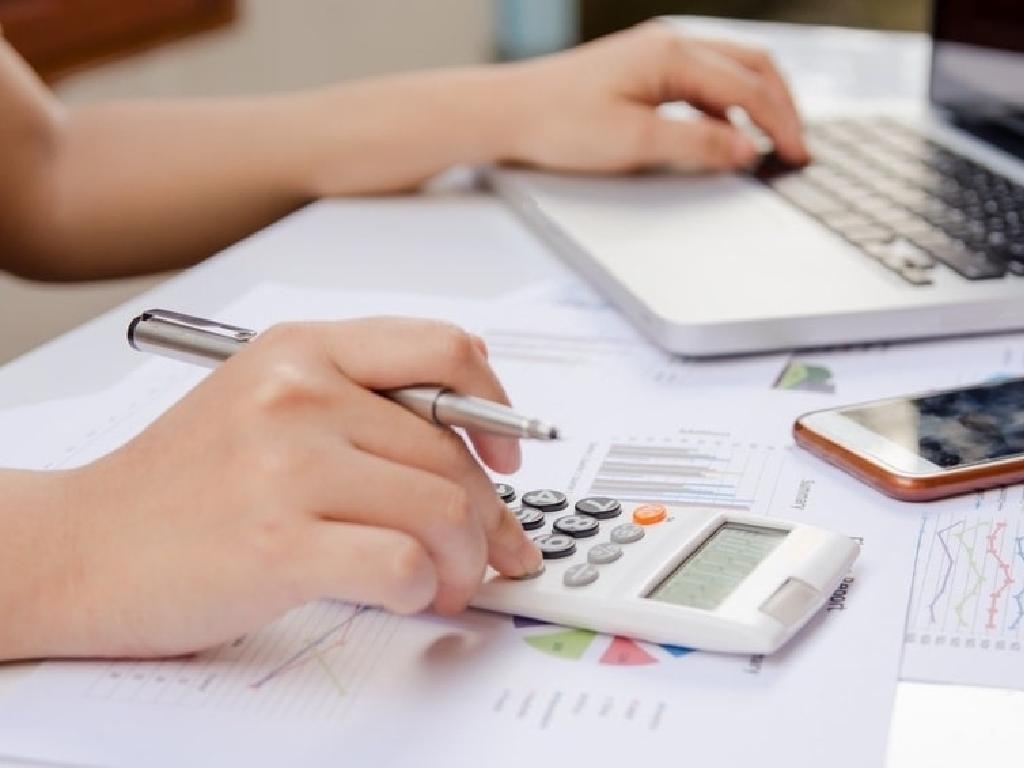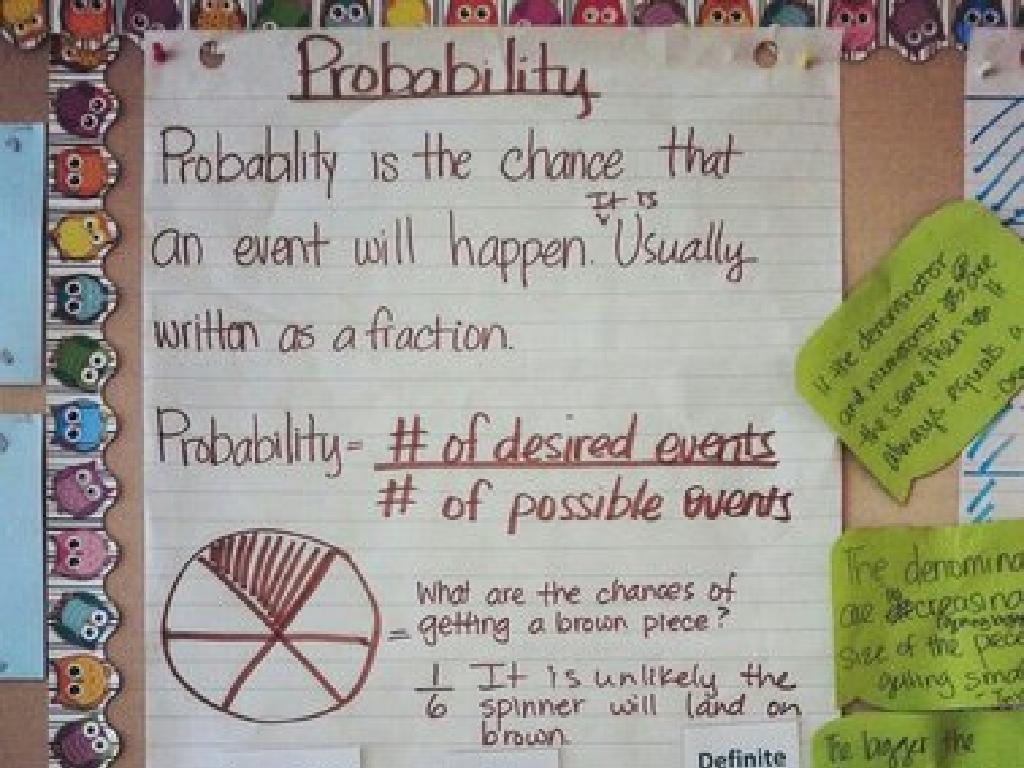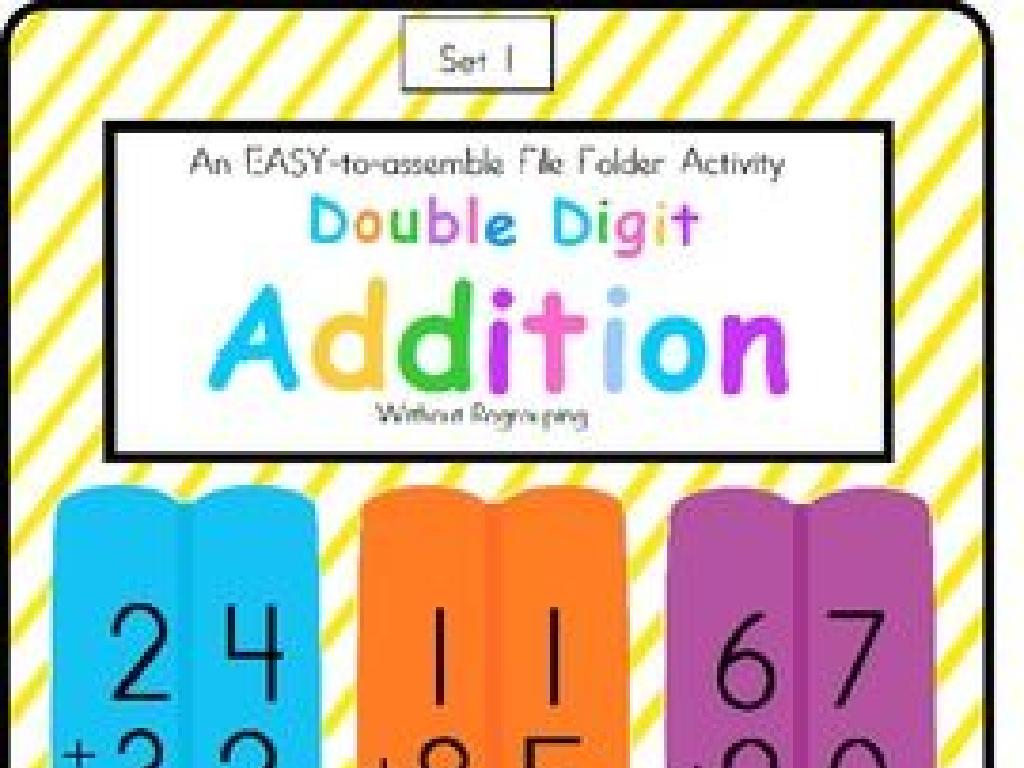Civil Liberties And Civil Rights
Subject: Arts and humanities
Grade: High school
Topic: Us Government And Civics
Please LOG IN to download the presentation. Access is available to registered users only.
View More Content
Introduction to Civil Liberties and Civil Rights
– Foundations of our freedoms
– Basic rights and freedoms inherent to all citizens
– Civil liberties vs. civil rights
– Liberties protect from gov’t, rights ensure equality
– Significance of the Bill of Rights
– First 10 amendments to the Constitution, safeguarding liberties
– Exploring First Amendment rights
– Freedom of speech, religion, press, assembly, and petition
|
This slide introduces the fundamental concepts of civil liberties and civil rights, which are essential to understanding the framework of the United States government and its impact on citizens’ lives. Civil liberties are protections from governmental interference, while civil rights ensure equal treatment under the law. Highlight the Bill of Rights as the cornerstone of American civil liberties, detailing its role in protecting individual freedoms. Emphasize the First Amendment as a critical example, discussing its five freedoms and their relevance to students’ daily lives. Encourage students to consider how these rights apply to current events and their own experiences.
Civil Liberties: Our Basic Freedoms
– First Amendment freedoms
– Freedom of speech, religion, press, assembly, and petition
– Tinker v. Des Moines case study
– 1969 case: students wore armbands to protest Vietnam War
– Protecting civil liberties
– Role of the Supreme Court and legislation
– Challenges to civil liberties
– Current events: censorship, privacy concerns
|
This slide introduces students to the concept of civil liberties as outlined in the First Amendment of the U.S. Constitution. It emphasizes the importance of the freedoms of speech, religion, press, assembly, and petition. The landmark Supreme Court case Tinker v. Des Moines is presented as a case study to illustrate how these liberties can be upheld or challenged within the legal system. The discussion points encourage students to think critically about how civil liberties are protected through judicial review and legislation, and how they continue to be challenged by contemporary issues such as censorship and privacy concerns. Encourage students to bring examples from current events to foster a dynamic and relevant discussion.
Civil Rights: Equality and Justice for All
– Historical struggle for civil rights
– From abolition to the civil rights movement, a long journey toward equality.
– Landmark legislation: Civil Rights Act, Voting Rights Act
– The Civil Rights Act of 1964 and Voting Rights Act of 1965 were pivotal in outlawing discrimination and protecting voting rights.
– Modern civil rights challenges
– Issues like racial profiling, LGBTQ+ rights, and police brutality continue the fight for civil rights.
– Ongoing movements for equality
– Movements like Black Lives Matter exemplify the ongoing struggle for civil rights.
|
This slide aims to provide an overview of the civil rights movement in the United States, highlighting the historical context, significant legislation, and the evolution of civil rights issues to the present day. Discuss the long and ongoing struggle for equality, touching on key events and figures in American history. Emphasize the importance of the Civil Rights Act of 1964 and the Voting Rights Act of 1965 in advancing civil rights and setting a legal precedent against discrimination. Address current issues that reflect the continuous fight for civil rights, such as racial profiling and LGBTQ+ rights. Highlight contemporary movements, such as Black Lives Matter, as examples of how citizens are actively working toward achieving equality and justice for all. Encourage students to think critically about the progress made and the challenges that remain.
The Role of the Supreme Court in Civil Liberties and Rights
– Interpreting civil liberties and rights
– The Court determines how the Constitution protects individual freedoms and equality.
– Landmark Supreme Court decisions
– Cases like Brown v. Board of Education, which ended racial segregation in schools.
– Impact of significant rulings
– Decisions can lead to widespread social and legal changes, influencing public policy.
– Supreme Court case process
– Cases often go through lower courts before the Supreme Court decides to hear them.
|
This slide aims to explain the pivotal role of the Supreme Court in shaping the understanding and application of civil liberties and civil rights in the United States. Highlight how the Court’s interpretation of the Constitution affects the protection and restriction of individual freedoms. Discuss landmark cases such as Brown v. Board of Education and their profound impact on American society and legal precedents. Explain the judicial process that leads to a case being heard by the Supreme Court, including appeals from lower courts and the writ of certiorari. Encourage students to think critically about how these decisions affect their lives and the fabric of American society.
Civil Liberties & Civil Rights in the Digital Age
– Privacy rights amid tech surveillance
– How technology affects personal privacy and the extent of surveillance
– Expression freedom on social media
– The role of social media in free speech and its limits
– National security vs. individual freedoms
– The delicate equilibrium between ensuring safety and upholding personal rights
– Impact of digital age on civil liberties
|
This slide aims to explore the complex relationship between technology and civil liberties. Discuss the tension between the need for surveillance to protect national security and the right to personal privacy. Highlight how social media platforms have become modern public squares for expression, yet they also face challenges in regulating speech. Emphasize the importance of balancing national security with the protection of individual freedoms, a debate that has intensified in the digital era. Encourage students to think critically about how their own rights are impacted by technology and to consider historical precedents in civil liberties discussions.
Class Activity: Debate on Civil Liberties & Rights
– Form groups for a debate
– Choose a current issue related to civil liberties or rights
– Issues could include privacy rights, freedom of speech, or equal protection
– Present and defend your group’s position
– Reflect on rights’ importance in democracy
– Discuss how these rights contribute to a free and fair society
|
This activity is designed to engage students in critical thinking about contemporary issues concerning civil liberties and civil rights. Divide the class into small groups and assign or let them choose a current issue for debate. Each group will research their topic, prepare arguments, and present them to the class. After the debate, lead a class discussion to reflect on the debates and the broader significance of civil liberties and civil rights in maintaining a democratic society. Possible debate topics include internet privacy, hate speech versus free speech, affirmative action, and marriage equality. Encourage students to consider different perspectives and the balance between individual freedoms and societal interests.






